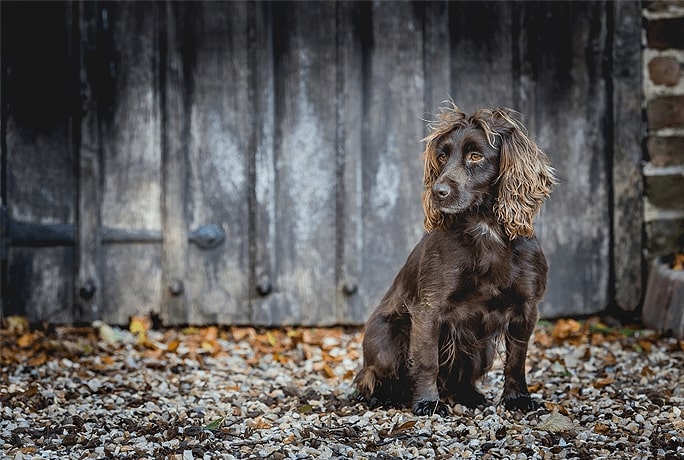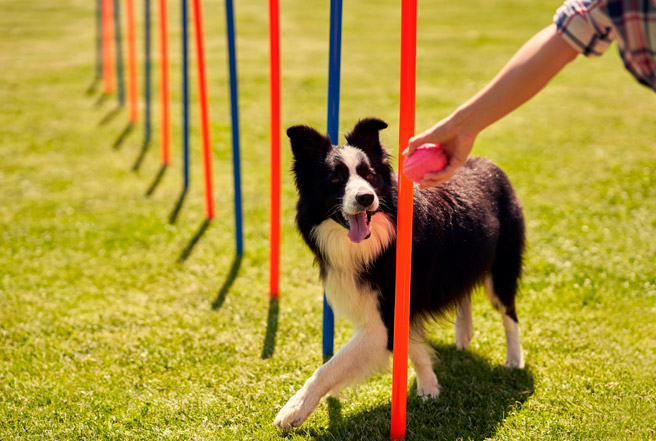Working Gun Dog Food For The Season
Are you looking forward to the shooting season? Whether you will be on the moors, picking partridge or are planning the next pheasant day, now is a good time to review the physical condition of your gun dog and performance levels in the field. Whether you’re looking for information on food for beating dogs, food for peg dogs or want to ensure your field spaniel is in tip top condition, the advice here stands.
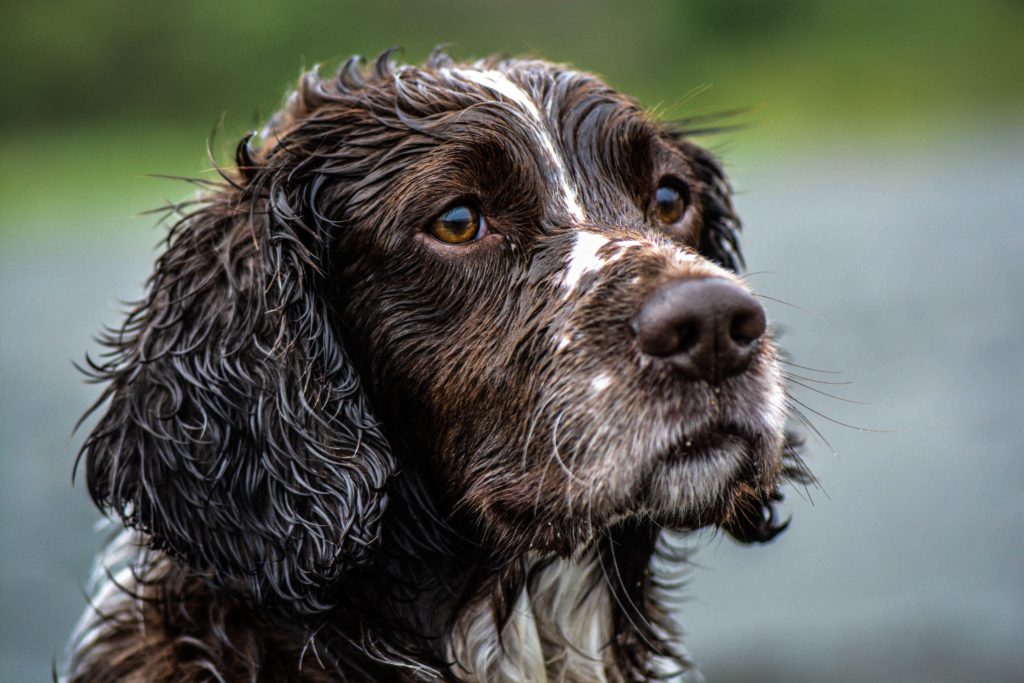
Monitor your gun dog’s weight and condition
Hopefully, your dog entered the season with a good level of fitness and overall conditioning, both mental and physical. However, a dog working several days a week – or even on a couple of back-to-back days – can lose condition, especially as the weather becomes colder and wetter. We often don’t notice this until a good proportion of body condition has been lost and perhaps performance has dropped slightly.
It’s good practice, then, to weigh your dog weekly to keep track of how their overall physical condition both looks and feels. This will make it much easier to make small alternations to their diet (either up or down) to ensure your dog is always at an ideal weight and in prime condition. This is true for all gun dog breeds, including the Working Cocker Spaniel which might not put weight on so easily or the Labrador who may need a little help keeping weight off.
Remember also to monitor the amount you are feeding your dog. This will mean you can be exact and consistent with any changes you make to compensate for changes in your dog’s body weight. Portion control means you can manage exactly what is going in and monitor the outcome accordingly.
If you find you are feeding a large volume of a particular food but your dog is still perhaps losing condition or performance is dropping, consider a more energy dense food. You will be able to feed either slightly less volume or the same amount but actually provide more fuel and key nutrients.
Skinner’s Field & Trial Working 30 is a great example of an energy dense feed (30% protein and 20% fat) that can help maintain condition and performance for the hardest working dogs. It can also be a useful step-up as the season proceeds from something like Field & Trial Muesli Mix, Working 23 or Working 26.
Hunting dog hypoglycaemia
A long, hard shoot day can place huge demands on your gun dog’s conditioning and fitness capabilities, especially at the start of the season. Some breeds and even some personality types will run themselves to the point of exhaustion. Some are unfortunate enough to carry a genetic variant that means they cannot easily regulate their energy output. All these scenarios can lead to what is called ‘hunting dog hypoglycaemia’ – low blood sugar levels in the blood.
Re-energise with snacks
We talk a lot about what to feed a gundog and there is some neat science about the benefits of, alongside a diet of good working dog food, providing a digestible snack during an intense work session to maintain performance and to avoid a drop off in energy levels or even hypoglycaemia. Some, of course, may say that these aren’t needed, that if your dog is fit, conditioned and well-fed snacks aren’t necessary. This might be true for many gundogs, but some may not be working regularly at the same energetic output and a busy shoot day will push their conditioning and fitness capabilities, especially at the start of the season.
This is where snacks can be useful as a way of refuelling your dog. Providing a small meal at the lunchtime break can help ensure your dog has enough to draw on for the afternoon. It will help maintain blood glucose levels, aid replenishment of muscle glycogen stores at the end of the day, and support their recovery the day after.
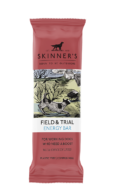
Energy Bar
Perfect burst of energy when your dog needs a boost.
£14.99
Purchase direct
12 x 35g pouchesThe feeding regime
Many dogs work well being fed twice a day and this often fits in well with our daily lifestyles. It can also help ensure a more consistent level of nutrients in the bloodstream and help fuel your dog throughout the day. On a shoot day, however, try to ensure your dog’s morning meal has been fed at least an hour (ideally longer) before they start to exercise. This helps overall digestion and absorption of nutrients. This might mean giving a meal last thing at night or feeding as soon as you get up and before travelling to the shoot.
For some working dogs, two meals split exactly into two equal portions works well, but for others feeding a third of the daily ration before exercise and the remaining two-thirds at the end of the day works better.
Whatever feeding plan you decide on, do consider the actual volume being fed in each meal, especially for deep-chested breeds that might be predisposed to bloat and gastric torsion. Some dogs, of course, just don’t do breakfast well and sometimes it’s easier to stick to a single meal a day. Just make sure this is fed only once your dog is fully settled for the night and again is not of a size that might lead to reduced digestibility (and increased faecal output) or digestive issues.
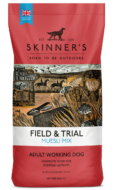
Muesli Mix
An appetising mix of tastes and textures.
£8.10 – £28.49
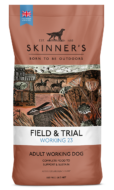
Working 23
Perfect balance For active dogs
£8.10 – £28.49
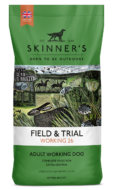
Working 26
Perfect balance for performance and health.
£8.10 – £32.39
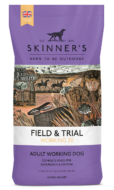
Working 30
Higher in protein & fat for endurance and stamina.
£9.30 – £41.79

